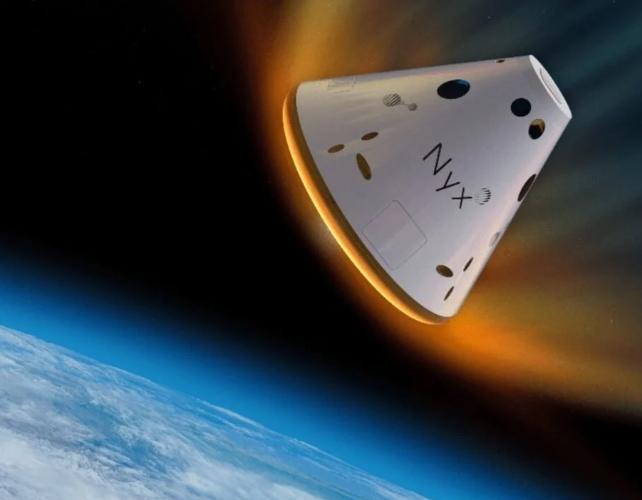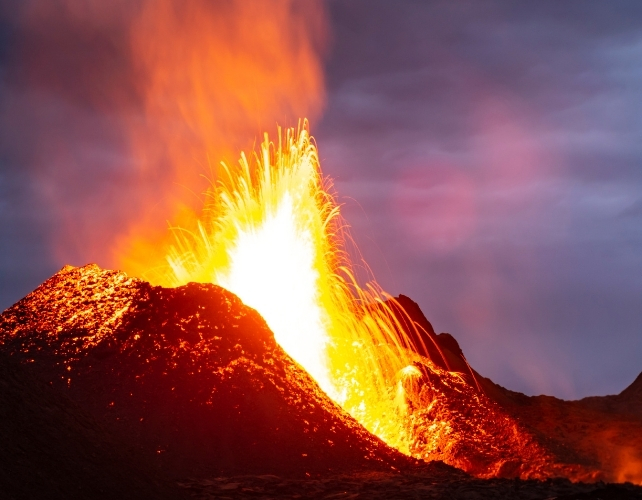These divisions have made the ongoing disaster even worse: years of war and political rivalries have left Libya’s state services and infrastructure in ruin, making the country ill-equipped to respond to a large-scale humanitarian crisis.
Here’s what you need to know about the current situation in Libya, a country that has been ravaged by war and lacks a central authority.
Why is Libya divided between two governments?
Moammar Gaddafi ruled Libya with an iron fist from 1969 until 2011, when he was killed by rebel forces during an Arab Spring uprising supported by NATO. Gaddafi, who was described by The Washington Post as the “eccentric, unpredictable and brutal face of Libya” at the time of his death, consolidated power, exploited the country’s oil resources, and suppressed state institutions to maintain his rule.
After Gaddafi’s fall, Libya was left with a power vacuum. Within three years, efforts to establish a post-Gaddafi government through elections and drafting a constitution failed. In 2014, another civil war broke out between rival armed groups backed by international powers, including Islamist militants aligned with the Islamic State.
Since 2020, Libya has been divided into two rival governments. In the east, Khalifa Hifter leads a coalition of factions and irregular fighters known as the Libyan National Army (LNA). The east is home to Libya’s vast oil reserves. In the west, the Government of National Accord (GNA), supported by the United Nations, rules from the capital city of Tripoli, where the central bank and national oil company are located.
How does the divide affect life in Libya?
Libyan people have had to deal with the challenges of living in a country with two failed governments. According to Human Rights Watch, armed groups and authorities in Libya are responsible for widespread abuses including arbitrary detention, extrajudicial killings, torture, and forced disappearances. The country is also dealing with the displacement of thousands of people due to damaged properties, the presence of landmines, and the fear of persecution.
Libya’s geography, which includes deserts and coastal communities, makes it highly vulnerable to the effects of human-induced climate change. However, the focus on improving and maintaining basic services and infrastructure, such as the country’s network of dams, has been neglected. The six-year civil conflict from 2014 to 2020 severely damaged Libya’s infrastructure, and the current rivalry between the two governments further complicates the situation.
According to Mary Fitzgerald, a Libya expert, the country’s huge infrastructural challenges have not been prioritized by political elites in Tripoli or eastern Libya.
The recent floods have caused particularly dire consequences for Derna, a coastal city in eastern Libya. Nearly a quarter of Derna has been destroyed, and much of its infrastructure dates back to Italy’s occupation in the early 20th century. The city was previously controlled by Islamist rebels until Hifter’s forces captured it in 2019.
Natasha Hall, an expert on humanitarian emergencies in the Middle East, describes Derna as a city inhabited by the “marginalized of the marginalized” affected by the conflict.
The political disputes between the two governments in east and west Libya often lead to shutdowns and drops in oil production. Additionally, Libya has become a major transit point for migrants and asylum seekers from Africa and the Middle East attempting to reach Europe, further exacerbating the challenges faced by the country.
According to Human Rights Watch, migrants in Libya face systemic and widespread abuses, including torture, arbitrary detention, forced labor, and sexual assault, due to exploitation by human smugglers, militants, and Libyan authorities.
What international support do Libya’s governments receive?
The United States, the European Union, and the United Nations recognize the Tripoli-based Government of National Accord (GNA) as the legitimate authority in Libya. Turkey has allied with the GNA and provided support, including drones.
However, other key U.S. allies in the region, such as the United Arab Emirates, Egypt, and Jordan, support the renegade Khalifa Hifter and the Libyan National Army (LNA) in the east. France has also aided Hifter’s forces in fighting Islamist militants, although they deny backing the LNA.
Russia has been a key ally of Hifter, particularly through the Wagner Group, a Russian mercenary organization. In 2019, Wagner operatives joined Hifter in his attempt to overthrow the U.N.-backed government in Tripoli.
What do Libya’s divisions mean for the response to the floods?
The recent floods in Libya have been the worst in almost a century due to extreme weather, vulnerable geography, and weak infrastructure. However, the political divisions in the country are complicating the search and rescue efforts and humanitarian response.
According to analysts, politics plays a significant role in hindering effective response. The Tripoli-based government lacks access to the east, while eastern authorities rely on financial support and coordination with Tripoli and the international community for relief efforts.
Although there has been some coordination between the two sides, there has been no official agreement or joint effort. The access issues and reluctance of the eastern-based authorities to collaborate hinder the response to the crisis.
Several countries, such as Egypt, Jordan, the United Arab Emirates, Turkey, and France, have sent aid, search-and-rescue teams, and medical support. The United States, along with organizations like the UN, is also providing assistance through relief organizations. However, the cooperation that exists is primarily people-to-people, rather than a comprehensive political collaboration.













